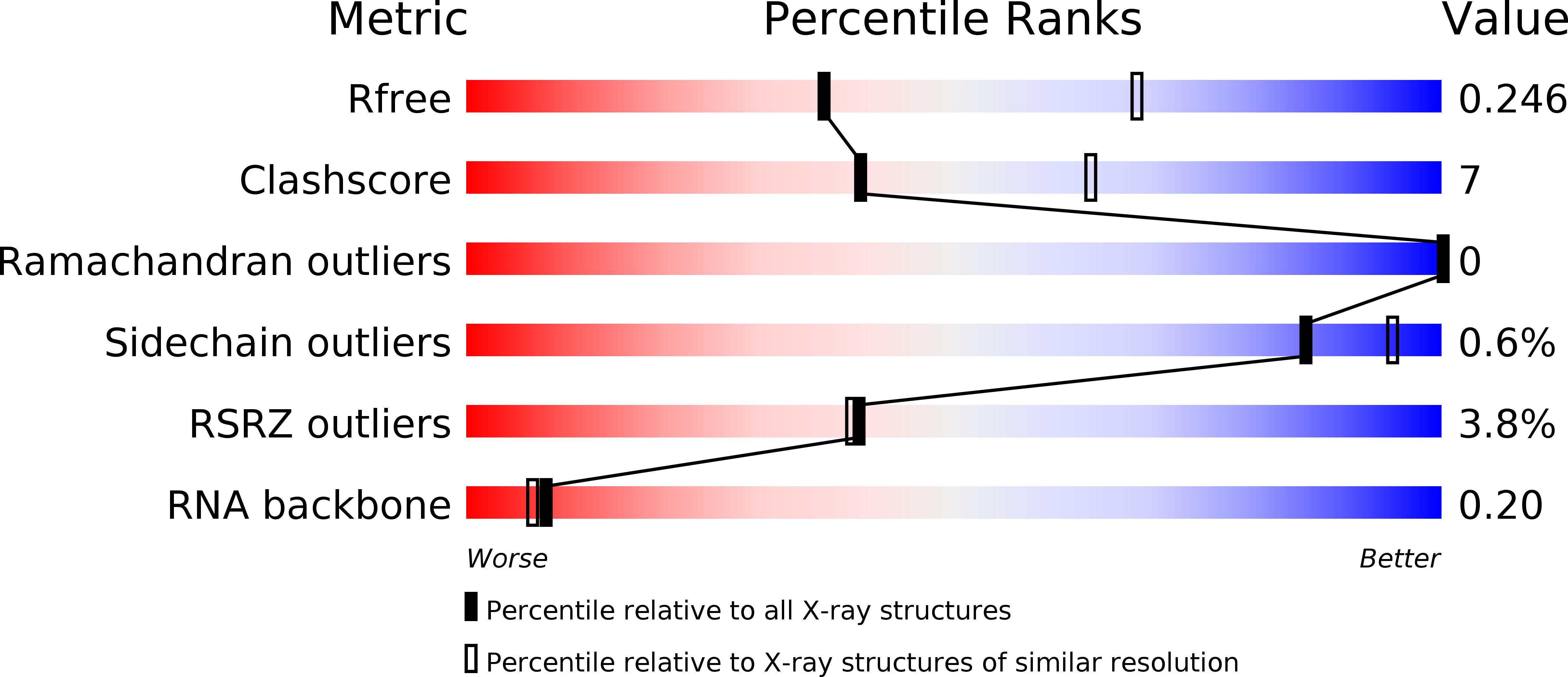
Deposition Date
2014-08-04
Release Date
2014-09-10
Last Version Date
2024-10-30
Entry Detail
PDB ID:
4U8T
Keywords:
Title:
Crystal structure of YTH domain of Zygosaccharomyces rouxii MRB1 protein in complex with N6-Methyladenosine RNA
Biological Source:
Source Organism:
Zygosaccharomyces rouxii (Taxon ID: 559307)
Saccharomyces cerevisiae (Taxon ID: 4932)
Saccharomyces cerevisiae (Taxon ID: 4932)
Host Organism:
Method Details:
Experimental Method:
Resolution:
2.70 Å
R-Value Free:
0.24
R-Value Work:
0.19
R-Value Observed:
0.20
Space Group:
P 61 2 2


